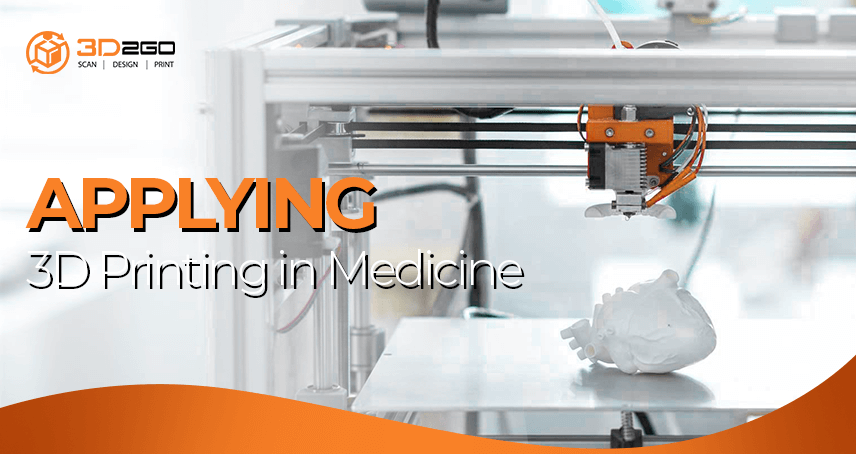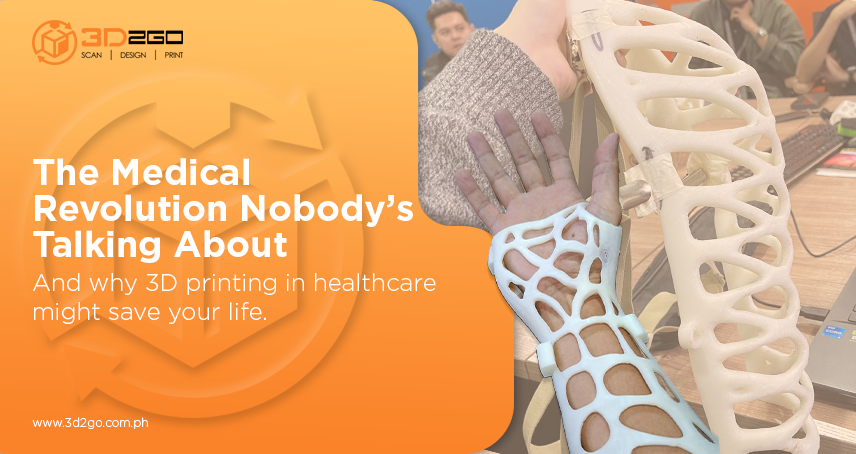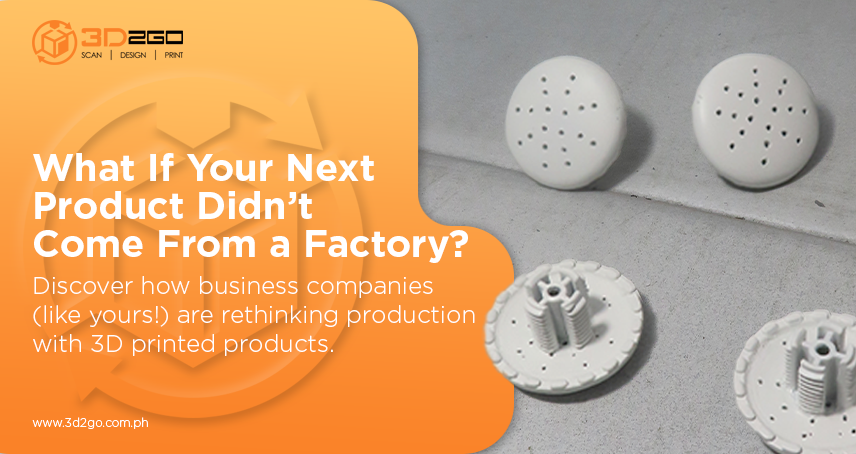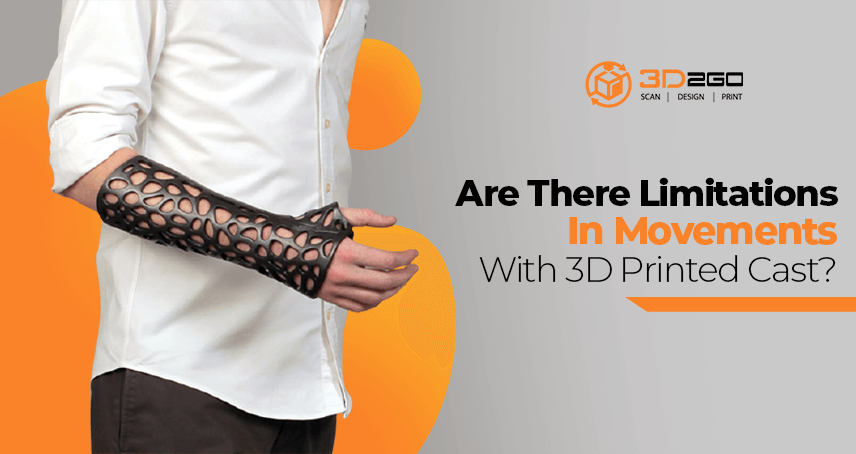
3D Printed Lamps For Home Decor
May 26, 2022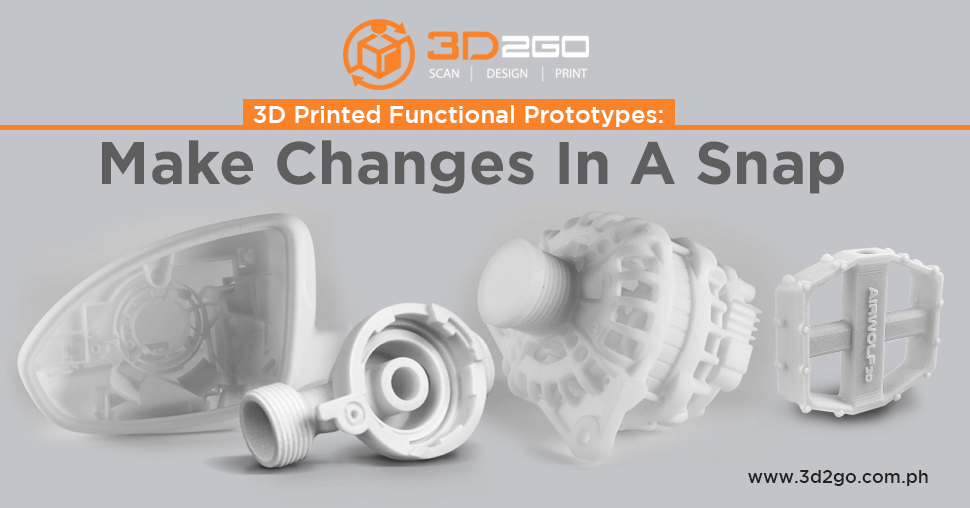
3D Printed Functional Prototypes: Make Changes In A Snap
May 26, 20223D Printing in Medicine
3D printing in medicine is becoming more accurate and effective as it grows. Out of the many benefits of 3D printing, its contributions to medicine are one of the most noteworthy. With 3D medical printing, many concepts for design and production of tools that significantly help in medical treatment and research.
From prosthetic limbs to new design concepts to help people who are in recovery and are adjusting to a life of disability, 3D technology for medical applications has opened a lot of possibilities for the medical industry.
Aside from tools that help in mobility, 3D printing will be used for more intricate modeling to help create tools for areas such as surgery and pharmaceuticals.
The medical industry is looking to improve dosages by designing personalized pills that hold multiple medications in one, and, in the near future, designing prosthetic organs and reinforcements to be used in surgery transplants.
Now that we’ve enumerated the many possible roles of 3D printing in medicine, let’s break down these benefits and how it can help advance medical treatment.
How 3D Printing Can Improve Medicine
With 3D printing now available for many different purposes both personal and commercial, more innovations in medicine became possible. From treatment to recovery, 3D printing continues to open possibilities for a better quality of life after recovery.
Aside from making many concepts available, here are a few more ways that 3D printing changed medicine for the better.
3D models of the body help train medical students.
3D printing in med can greatly help in educating and training future doctors, surgeons and medical professionals. Accurate 3D prints of bones, organs and other internal parts of the body can provide accurate data for research and observation, helping medical students study the anatomy much more effectively.
3D printing helps practice future surgeons for delicate surgeries.
Aside from giving medical students 3D models of the body for their study, 3D printing can also be used to make accurate depictions of surgeries that can help medical students practice. Complex surgeries require intense training, and accurate 3D models can help effectively train future surgeons in delicate surgeries.
3D printing makes low-cost prosthetics available.
In many developing countries, PWDs struggle to live and work without proper and safe prosthetics to help them move. 3D printing makes prosthetics available to low-income PWDs. 3D printed prosthetics are safe, affordable and can be custom made to fit to the wearer without breaking the budget.
3D printing helps customize prosthetics better.
While mass-produced prosthetics are available in the market, there is no one-size-fits all for these, especially if it will be used for work and for everyday movement. 3D printing makes customized prosthetics possible, with the use of 3D modeling based on the size and dimensions of the person who will be using it. This makes sure that the prosthetic helps the person move safely and comfortably.
Hope for The Future
Bioprinting – the act of using 3D printing in modeling and replicating cells, tissues and organs to be used for medical purposes – is being developed through research, and in a few years’ time, is expected to improve organ transplant.
Now that design has greatly improved through technology, medical engineers are looking to design internal prosthetics as well, such as tissue and organs that can help improve recovery and life. This also aims to make organ donation more convenient and available to those who need it, especially when it’s always been a challenging process.
While this technology is under research due to possible side effects, it might be possible in a few years’ time.
3D Printing Services is Available for All Your Needs
3D Printing may sound intimidating and expensive when you hear it, but it’s not as far off as you think.
Nowadays, 3D printing is made available to everyone – students, entrepreneurs, hobbyists, designers and medical professionals alike. Everyone can benefit from this technology, most especially the medical industry who are constantly finding ways to improve medical care and recovery.
3D2GO Creates High-Quality Prosthetics and Medical Models
3D2GO is a 3D services provider with more than 8 years of experience in a wide range of 3D services – 3D printing, 3D scanning, 3D design, 3D reverse engineering and 3D rapid prototyping.
We are the pioneer in 3D printing services for medicine in the country, creating prosthetic limbs, medical models and replacement for both medical practice and education.
Get only the best 3D printing services for your medical practice and research. Want to know more about our top-tier medical modeling? Feel free to contact us here.


